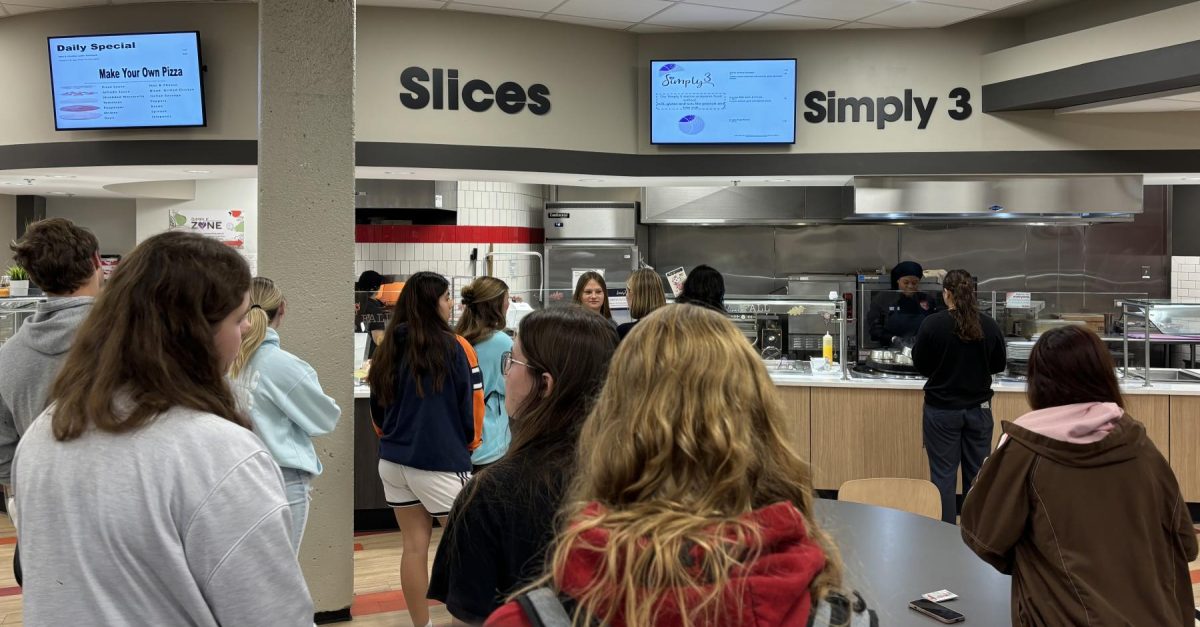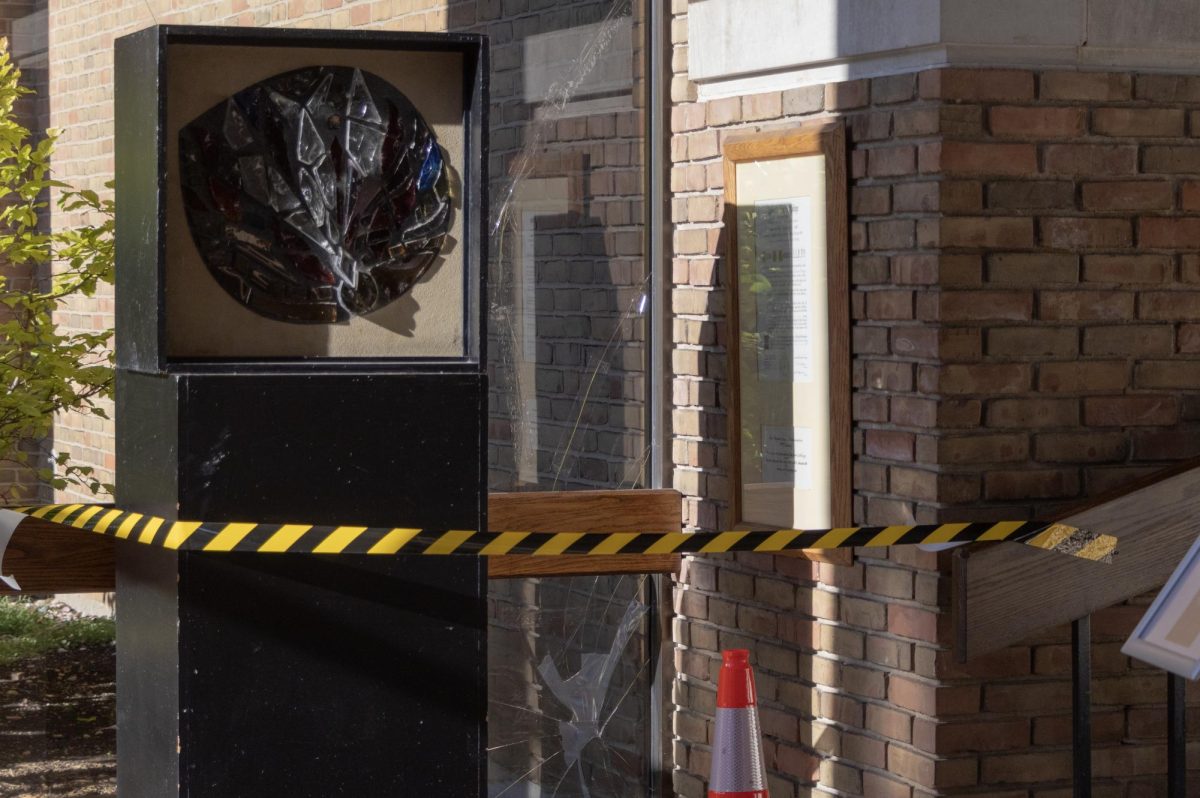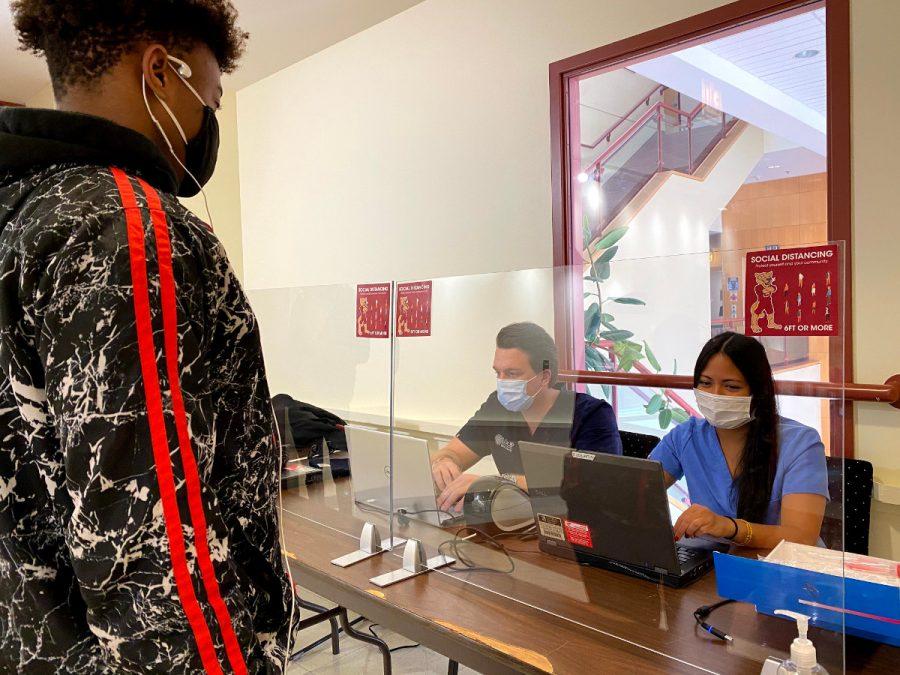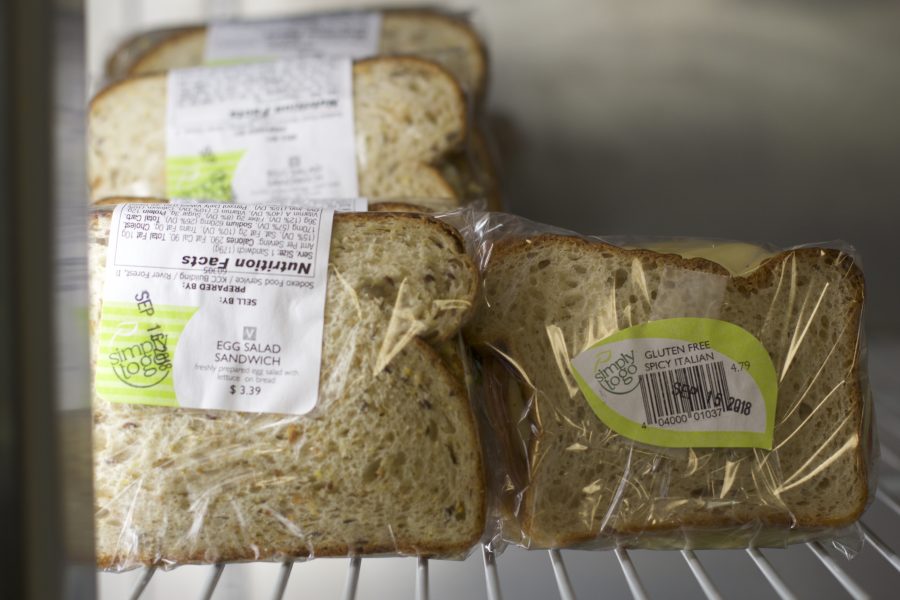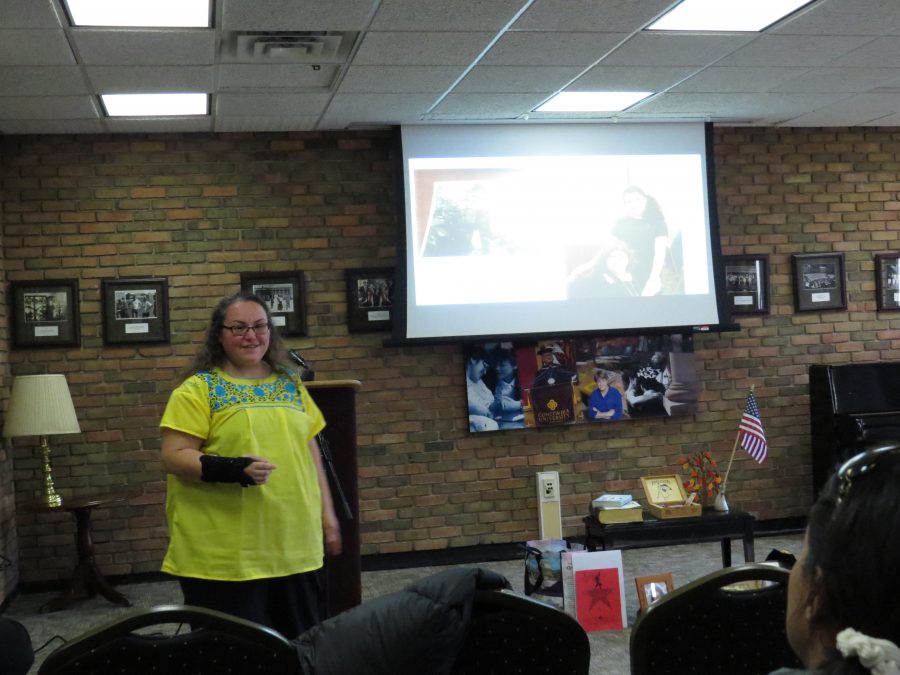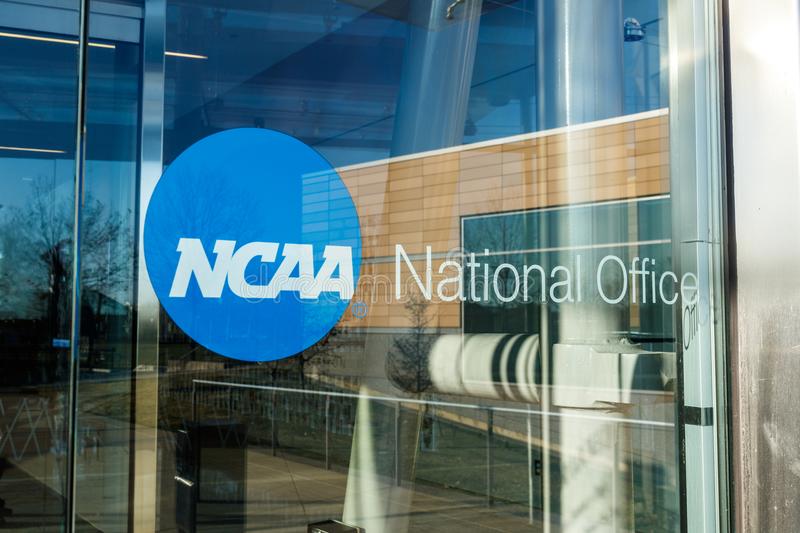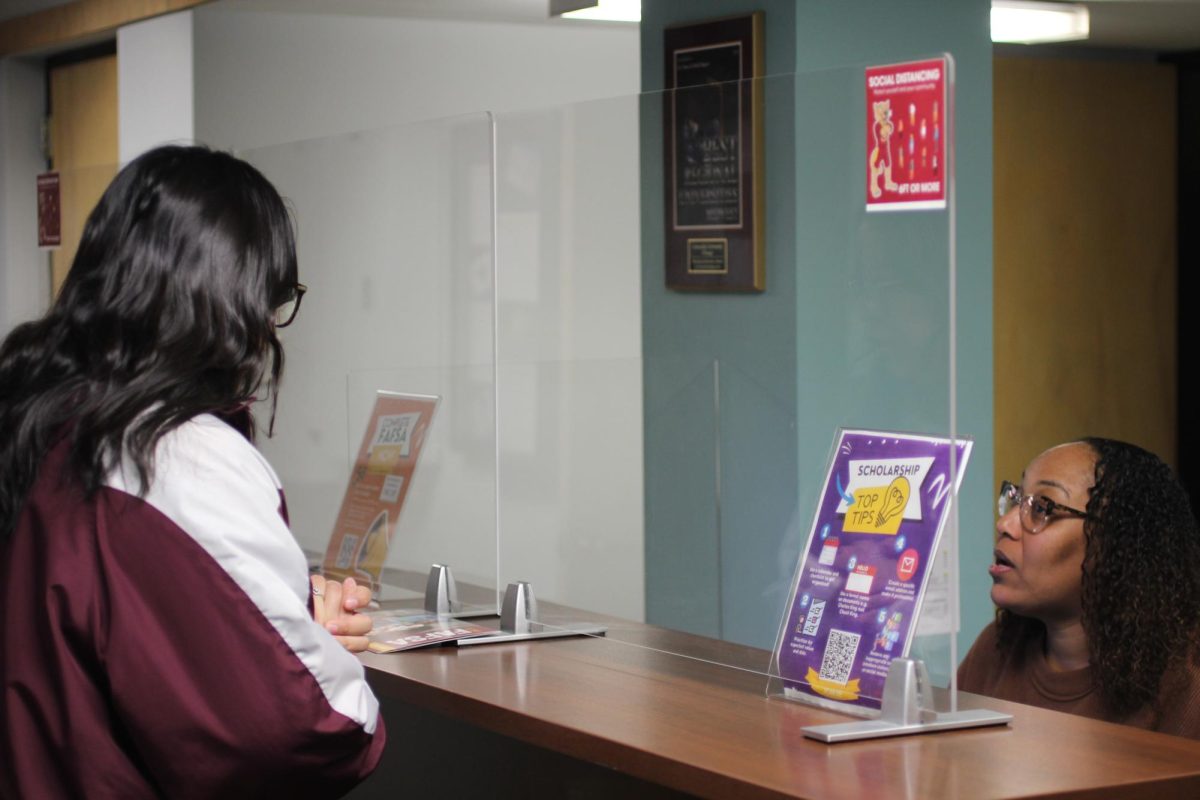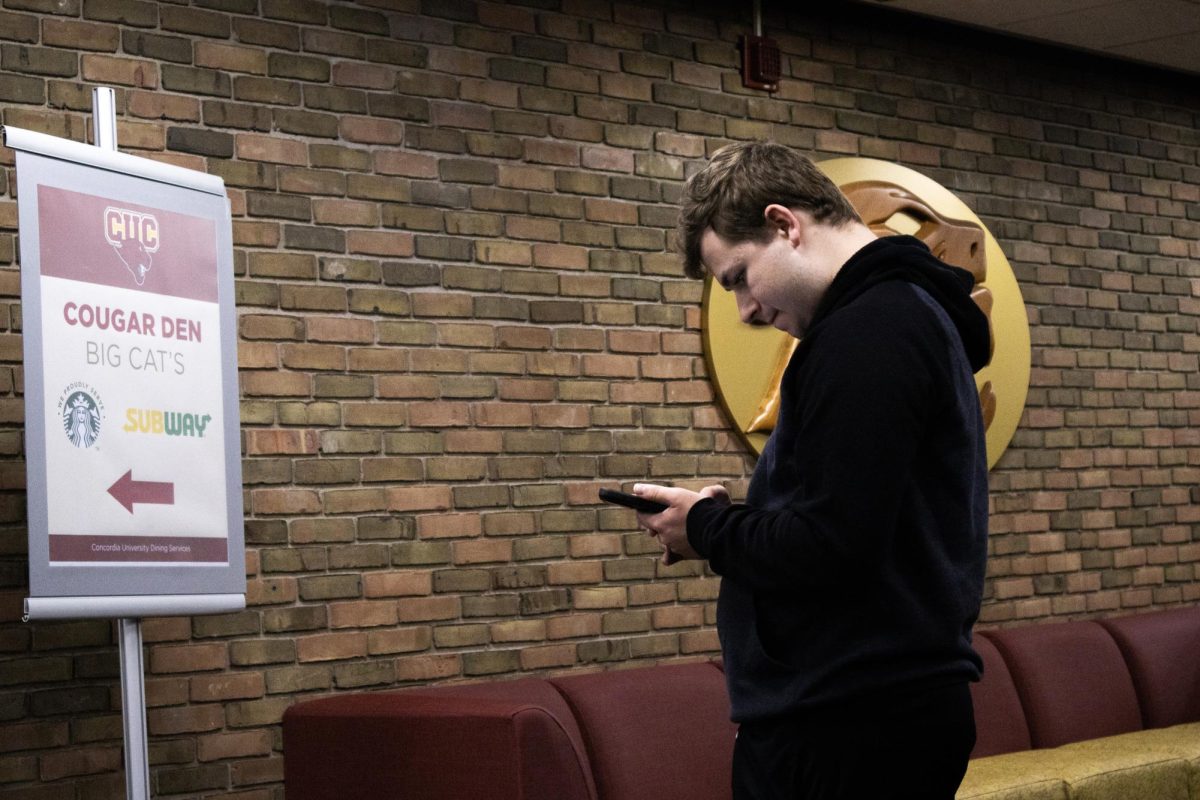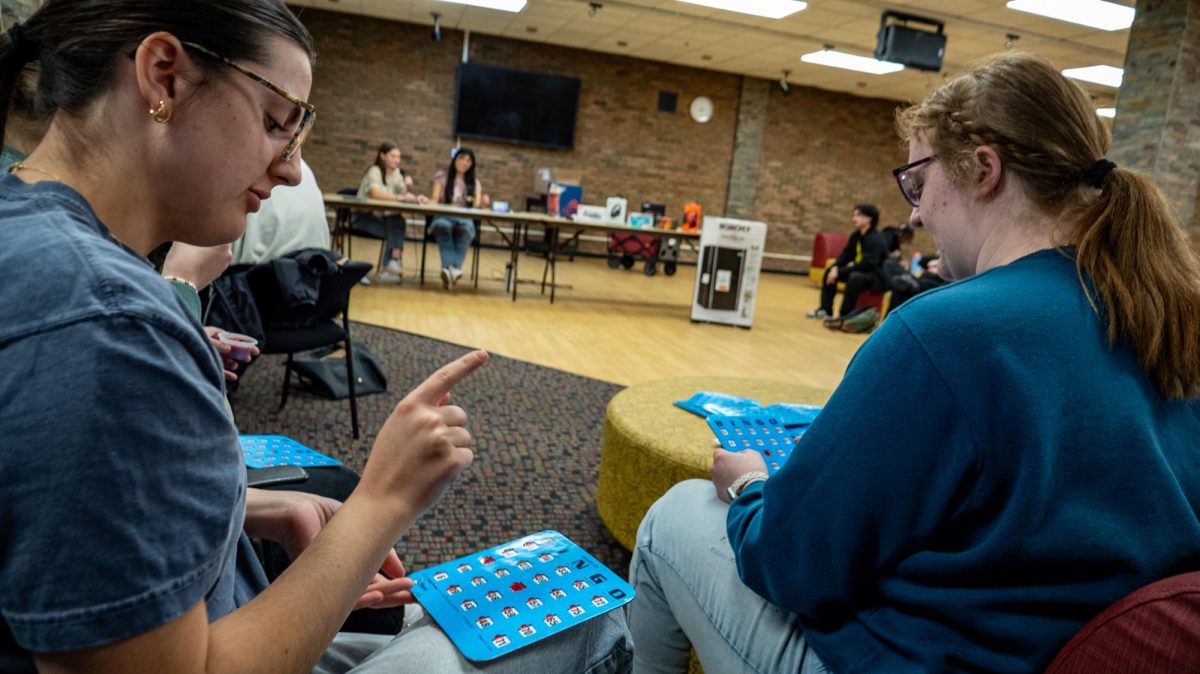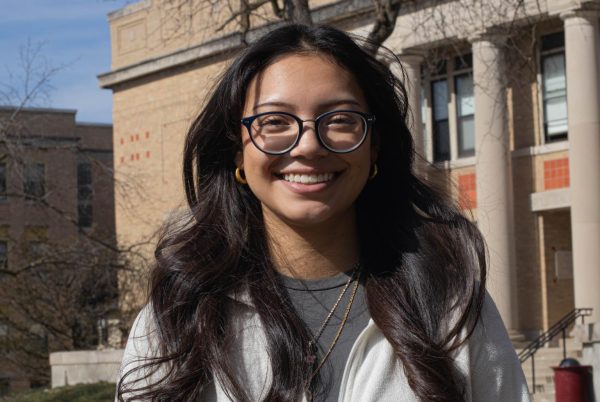When freshman Ashland Thomas filled out her Free Application for Federal Student Aid, or FAFSA, form online in December, she felt continually frustrated by the website.
The newly redesigned form asks for detailed information, including Thomas and her parents’ social security numbers, her “Student Aid Index” eligibility number, her parents IRS tax filing amounts from a previous year, scholarship amounts she received, and other sources of personal income.
As Thomas moved through pages of the form, which must be submitted each year to receive federal grants and student loans, the website would fail to save some entries, and she would have to go back to fill it out again. Other parts of the form auto-filled data that turned out to be incorrect, which also required her to re-fill those entries.
“It was a consistent back-and-forth,” said Thomas. “That was becoming frustrating for us.”
The new FAFSA form had already been delayed. In previous years, the form became available on Oct. 1, but the launch of the new form was delayed until Dec. 31. Thomas was not able to access the form earlier in December during a “soft launch” period set up by the Department of Education. The launch is expected to return to October 1 for the 2025-26 FAFSA form.
The FAFSA is an application that current or incoming college students use to apply for a variety of grants and loans to schools around the country, as well as federal work-study programs. Once the application process is complete, FAFSA sends the application to the student’s choice of up to 10 universities (this year, you can include up to 20 schools). Those institutions then send a financial aid packet to potential students, which includes their scholarship offers and prospective loan amounts.
The FAFSA Simplification Act is the reason for this new FAFSA form. The federal law, which passed on Dec. 27, 2020 updated the processes for determining federal student aid eligibility.
The law replaced the Expected Family Contribution with the Student Aid Index. This makes the Pell Grant, a grant awarded to students with financial need, more accessible to students, even including incarcerated students (with some exemptions). Family size and SAI is now uses IRS data to determine eligibility.
With the late soft launch, students experienced a number of issues. Wait times were long, the FAFSA help line was often busy, and some students were not able to verify their parents’ identification. As a result, many students in Illinois missed the deadline to apply for state Monetary Award Program grants.
The Illinois MAP grant is a need-based grant that Illinois residents are able to apply for if they are attending higher education in Illinois.
“One of the issues discovered by the Department of Education was the creation of FSA ID accounts for parents with no social security numbers,” said Xochil Lopez-Valencia, senior financial aid counselor in CUC’s financial aid office
While there was a box that could be checked off if parents did not have social security numbers, the website still didn’t allow students to proceed with their application.
“In order for me to completely submit the form fully my parents have to create an account, and because they don’t have social security its asking me to verify their identity,” said freshman Leslie Briseno. “I can’t proceed further than that.”
Briseno added that the Illinois state grant deadline being Feb. 1 worried her. “I contacted my financial aid advisor and she said to pray for the best, and hope for an extension of the grant but it’s not guaranteed,” Briseno said.
Briseno attempted to call the FAFSA help line for her concerns, but the help line was experiencing high call frequency so she wasn’t able to speak with anyone. Briseno contacted Valencia, who told her to submit a complaint to FAFSA’s feedback center.
Students who can’t get through on the phone can try other strategies, such as calling during off-peak hours. “Remain persistent, but understand that the FSA call center is experiencing unusually high volumes of calls,” said Allie Arcese, a spokesperson for the National Association of Student Financial Aid Administrators.
“If you’re among the students who are still struggling to complete the FAFSA because of the unresolved bugs in the system, it’s a good idea to document your attempts,” Arcese said. “Let your financial aid office know why you can’t submit the FAFSA, so they know it’s not a matter of you ignoring what needs to be done but, rather, an inability to do it.”
As of February 7, the website has fixed many bugs pertaining to parent verification. The Illinois MAP grant deadline has now been extended to April 1, because a multitude of applications were not able to be submitted on behalf of the website’s bugs. The delivery of the FAFSA applications will begin in March.
CUC students can contact their financial aid counselor, or walk in to the financial aid office in Addison during their open office hours, for any questions or concerns.



